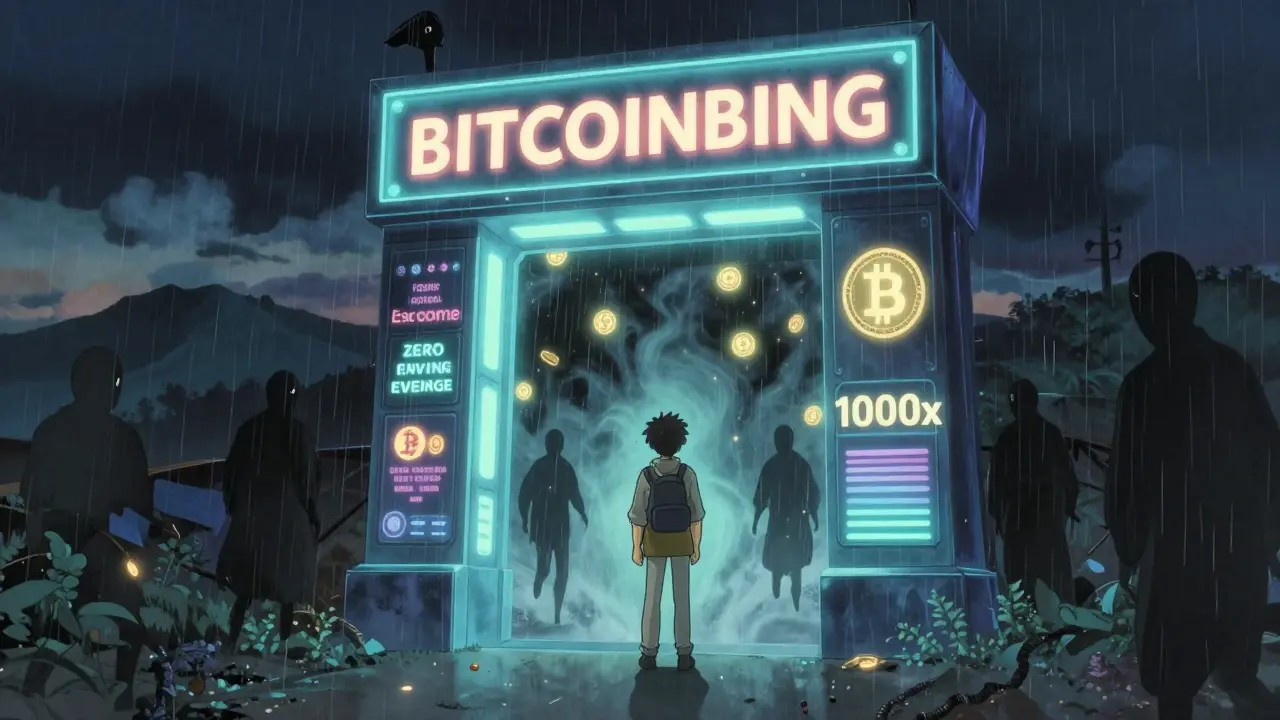Unregulated Crypto Platform: Risks, Reality, and How to Navigate
When talking about unregulated crypto platform, a service that lets users trade, stake, or earn crypto without holding a license from financial authorities. Also known as non‑compliant crypto exchange, it often operates in legal gray zones, offers high‑yield promises, and skirts standard consumer protections. Because it lives outside the usual oversight, users must understand the unique trade‑offs before putting money in.
One of the most common sub‑services on these sites is the decentralized exchange, a peer‑to‑peer marketplace that runs on smart contracts instead of a central order book. Decentralized exchanges (DEXs) let anyone swap tokens without KYC, which is a big attraction for privacy‑focused traders. However, the lack of regulation means there’s often no recourse if a smart contract is exploited or the platform disappears.
Another frequent offering is a stablecoin, a digital asset pegged to a fiat currency or commodity to reduce price volatility. Stablecoins provide a convenient way to park funds while staying in the crypto ecosystem, but on unregulated platforms their backing can be opaque, and the issuer may not be subject to audit requirements. This uncertainty can turn a seemingly safe dollar‑like token into a risky gamble.
Newer niches like crypto gaming token, a token used for in‑game purchases, staking, or governance in blockchain‑based games, also thrive on unregulated platforms. These tokens often promise huge upside tied to upcoming game releases, but their value is tightly linked to project hype and may evaporate if the game never launches or the developers vanish.
Finally, many of these platforms rely on cross‑chain bridge, a technology that moves assets between different blockchains by locking and minting tokens. Bridges enable users to access a broader range of assets, but they are also prime targets for hacks. When a bridge fails on an unregulated site, users often have no legal path to recover losses.
Why the Landscape Matters
Understanding the ecosystem helps you spot red flags. Unregulated crypto platforms encompass decentralized exchanges, stablecoins, gaming tokens, and cross‑chain bridges—all of which operate without a safety net. Regulators influence the legality of these services, but enforcement varies by jurisdiction. When a platform offers high yields, check if the tokenomics make sense or if they’re simply using inflated promises to lure new users.
Practical steps to protect yourself include: researching the development team, verifying smart contract audits, using hardware wallets for any withdrawals, and never allocating more capital than you can afford to lose. Diversifying across regulated exchanges and keeping a portion of your portfolio in on‑chain, self‑custodied assets adds another layer of security.Below you’ll find a curated list of articles that dig into specific tokens, platform reviews, and tech deep‑dives. Whether you’re curious about a new gaming coin, want to understand how stablecoins stay pegged, or need a checklist for evaluating a cross‑chain bridge, the pieces ahead give you actionable insight to make smarter decisions on any unregulated crypto platform you encounter.






